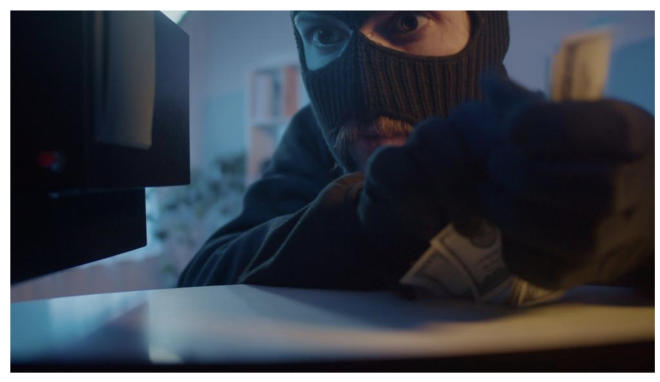- Change theme
Home Security Gaps: The Surprising Entry Points Burglars Use Most Often

When it comes to home security, many homeowners focus on high-tech solutions such as alarms and cameras.
01:53 29 May 2025
Understanding Common Home Security Gaps
When it comes to home security, many homeowners focus on high-tech solutions such as alarms and cameras. However, they often overlook some of the most common entry points for burglars. It's crucial to understand that many burglaries happen due to simple oversight. According to LinkedIn, about 30% of these crimes occur when doors or windows are inadvertently left unlocked. This statistic highlights the importance of paying attention to the basics of securing entryways.
Home security entails more than just installing advanced security systems; it begins with ensuring the basics are thoroughly checked. Homeowners often make the mistake of feeling overly secure once they have an alarm system in place, neglecting the physical security of their doors and windows. Burglaries 'insecure' occur more frequently than one might assume, often exploiting the tendency of homeowners to be complacent about locking up. Thus, strengthening home security starts with regular checks on locks and educating family members on the importance of keeping entry points securely fastened. Maximizing home safety requires a comprehensive approach that begins with assessing these elementary security gaps.
Increasing awareness about these common issues can significantly mitigate the risk of burglary. One must not only rely on external security measures but also incorporate daily habits that involve checking and double-checking locks. The consistent practice of assessing security vulnerabilities goes a long way in preventing unauthorized home entries. These preventive measures not only protect one's home but also provide peace of mind in ensuring the safety of loved ones. Emphasizing the role of individual diligence can make a substantial impact on reducing break-ins significantly.
The Garage: An Overlooked Entry Point
A part of the home that is frequently overlooked when considering security is the garage. Many homeowners see it primarily as a storage space or a place for their vehicles and neglect additional security measures. Yet, according to Reolink, approximately 9% of burglars find their way into homes through an unsecured garage. This underlines the critical nature of making the garage a part of your comprehensive security plan. Failing to secure the garage means leaving a potential route open for unauthorized access.
Garages often provide easy access to the rest of the home, making them attractive targets for intruders. It is important to ensure that garage doors are equipped with modern locking systems and that automatic openers are kept current with security software updates. Furthermore, windows within garages should be tightly secured and, ideally, reinforced. Taking these steps will fortify this vulnerable area against unwelcome entry. Regular audits of garage security can highlight potential weak points, enabling homeowners to make necessary adjustments promptly.
The Front Door: A Surprisingly Common Entryway
The front door is perhaps the most traditional point of entry for visitors, and alarmingly, it is also a popular option for burglars. A fact by The International Association of Certified Home Inspectors reveals that up to 34% of burglars enter homes through the front door. This reality challenges the notion that break-ins occur predominantly through stealthier, less visible routes. Often, the front door may not be as secure as the homeowner believes, either due to aging locks or inadequate material strength. This section emphasizes maintaining rigorous vigilance over this key access point.
To counteract the vulnerability of front doors, investing in high-quality deadbolts and reinforced door frames is crucial. Consulting with home security professionals regarding the most resilient lock systems can further fortify your home's main entry point. Additionally, adding a video doorbell can provide visibility into who approaches the door, adding a layer of surveillance that dissuades unauthorized attempts. Regularly inspecting the door's condition is equally critical, ensuring no component wear makes it easier to breach. These measures collectively contribute to solidifying the home's primary defense line.
